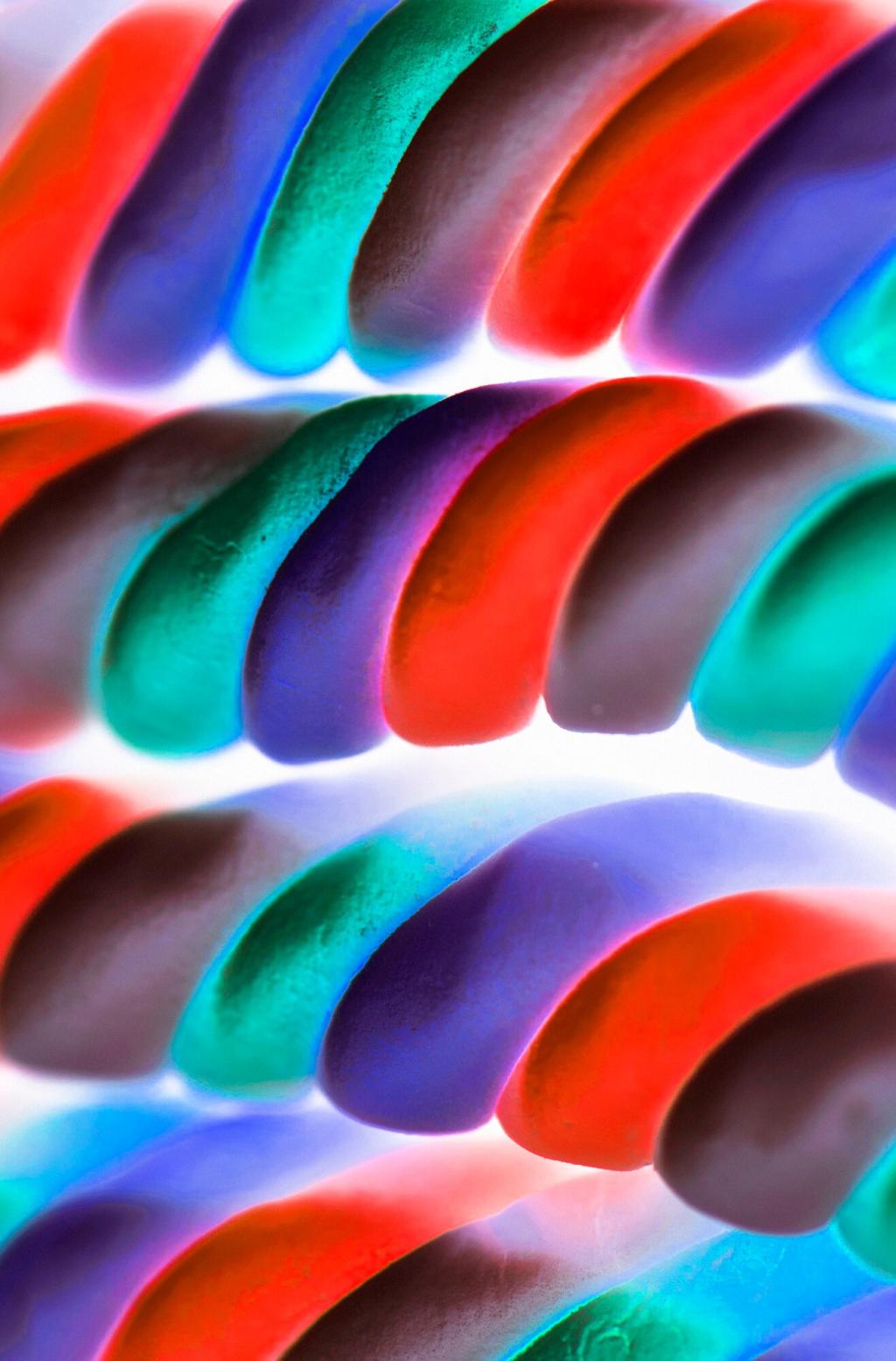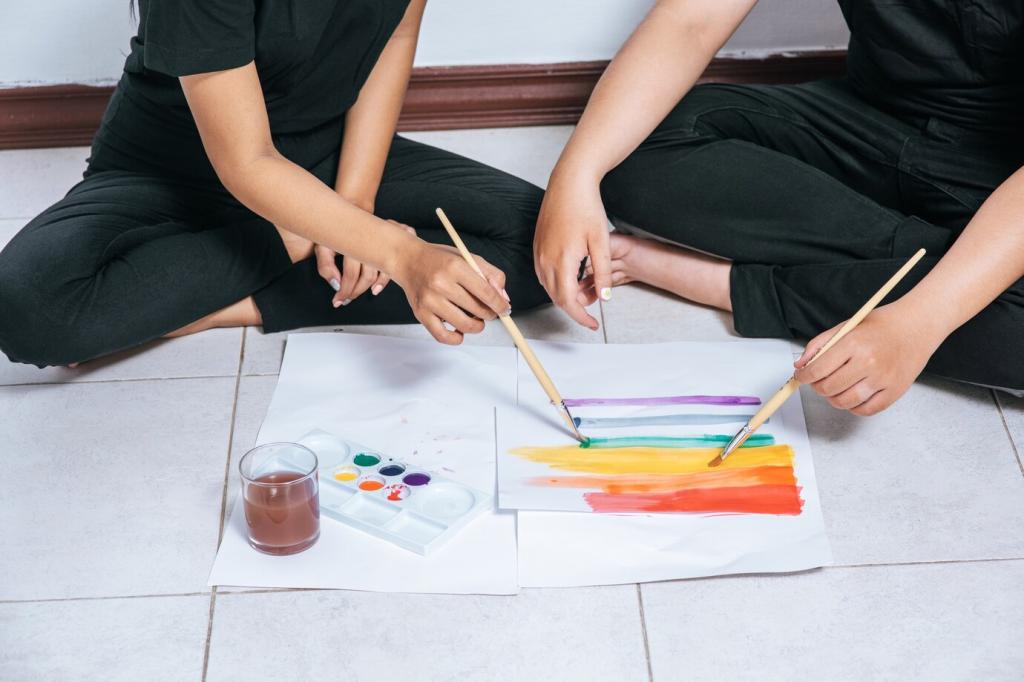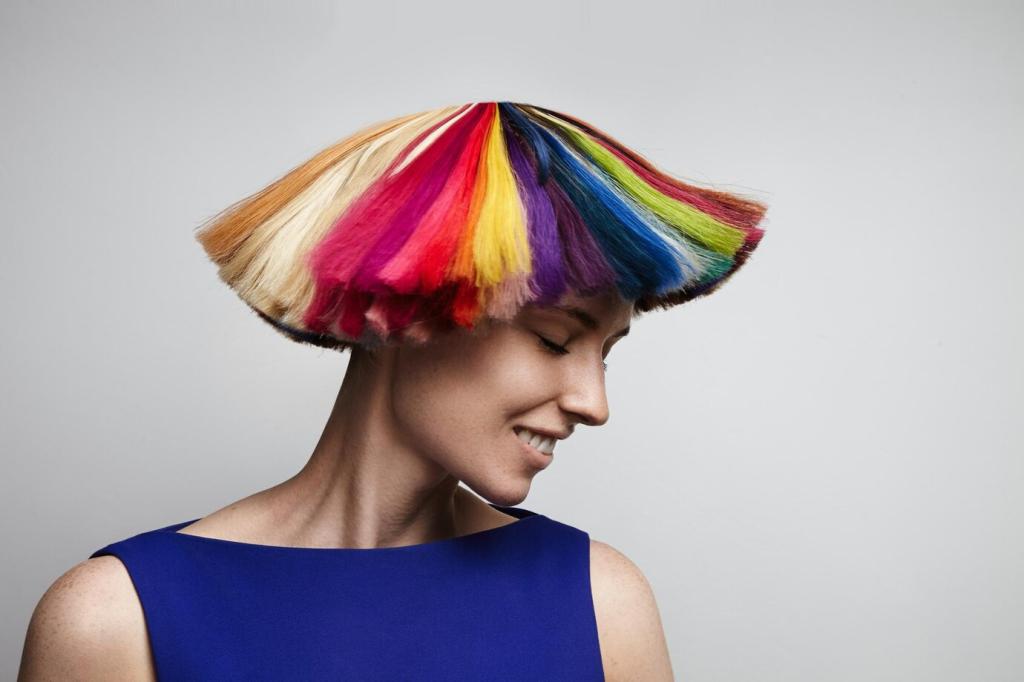Small Spaces, Big Feelings
Powder-blue stools, pale blush ottomans, or cloud-gray consoles introduce gentle contrast that opens space psychologically. Lighter furniture edges recede, offering relief from visual clutter and making tight areas feel kinder to inhabit daily.
Small Spaces, Big Feelings
A soft taupe chair, oatmeal rug, and greige side table create effortless flow. By limiting contrasts, your eye rests more easily, reducing fatigue and helping a small studio feel thoughtfully composed rather than cramped.
Small Spaces, Big Feelings
Try a cobalt accent chair paired with whisper-light neutrals. The single vivid shade provides identity and joy, while surrounding gentle tones prevent overwhelm. Comment with your anchor color and how it changed your room’s mood.
Small Spaces, Big Feelings
Lorem ipsum dolor sit amet, consectetur adipiscing elit. Ut elit tellus, luctus nec ullamcorper mattis, pulvinar dapibus leo.



